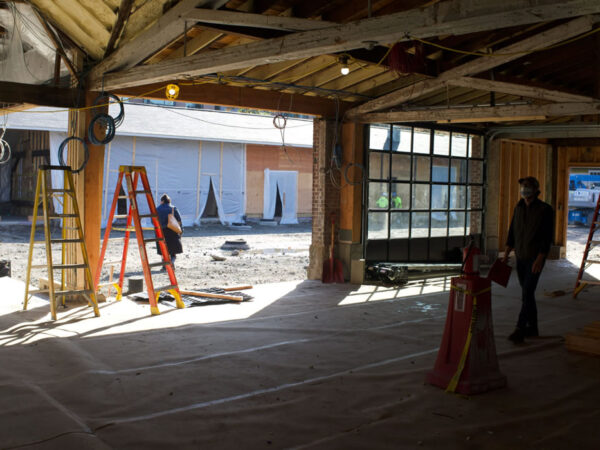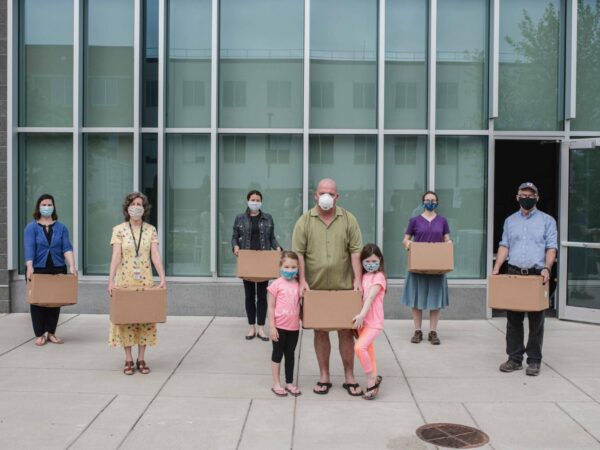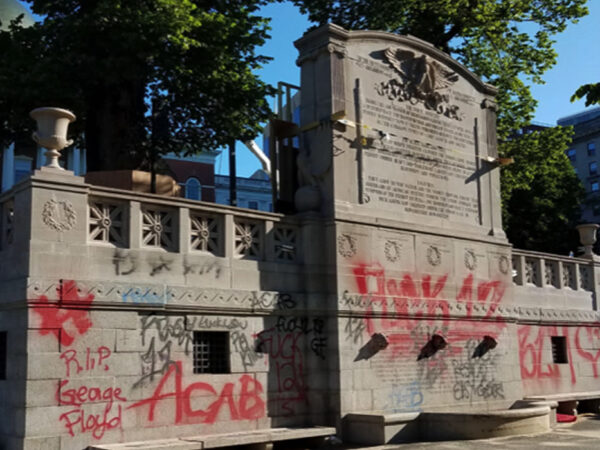One year has passed since AHF broke ground at the Speedway. On that sunny October day, surrounded by our partners and neighbors, we never imagined that such a gathering...
Read more
Image credit: Boston Preservation Alliance The built environment stands on a foundation of built relationships. For preservationists, whose projects live or die depending on successful advocacy, this idea carries...
Read more
Re "Kevin White’s vision for Faneuil Hall is now Marty Walsh’s problem” (Opinion, Sept. 17), as with all preceding articles that I have read in the Globe regarding the...
Read more
A satellite view of the area covered by the Allston Multimodal Project. At center from the bottom, the Boston-Worcester Commuter Rail line, Beacon Park Yard, the MassPike with entrance...
Read more
The courtyard and Building F under construction. Photo by Ella Rinaldo. Where to begin? When we posted our first Speedway progress update in early March, we never imagined a pandemic...
Read more
The courtyard and Building F under construction. Photo by Ella Rinaldo. Where to begin? When we posted our first Speedway progress update in early March, we never imagined a...
Read more
Architectural Heritage Foundation’s COVID-19 relief efforts in Allston-Brighton got a big boost last month from Harvard University. On May 27, the school named twenty-seven local nonprofits – among them...
Read more
Backside of the Robert Gould Shaw Memorial with graffiti, June 1, 2020. Photo credit: Friends of the Public Garden. When the sun rose above Boston on June 1, illuminating...
Read more






